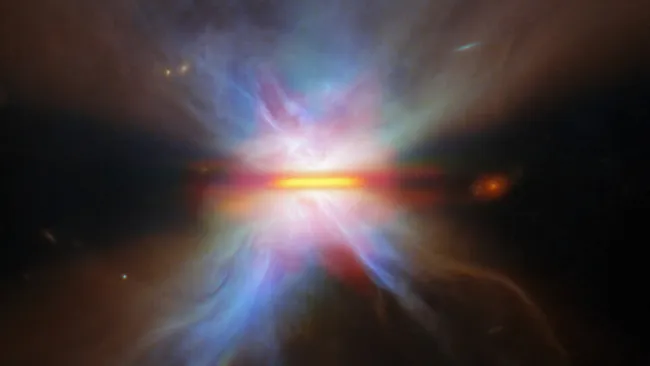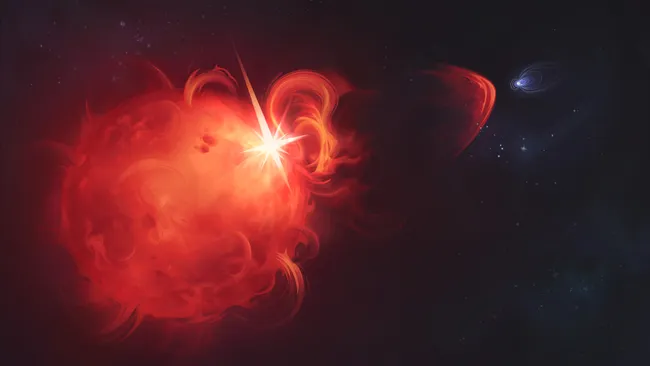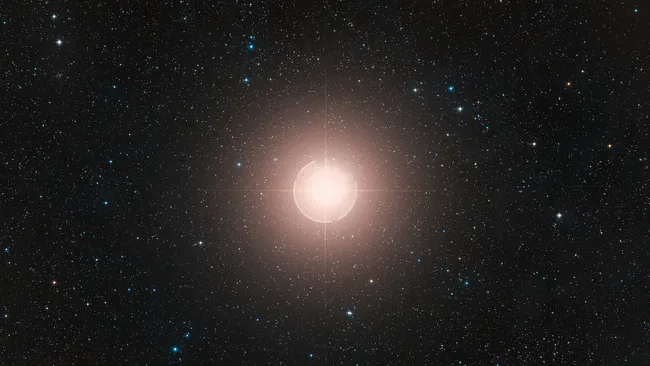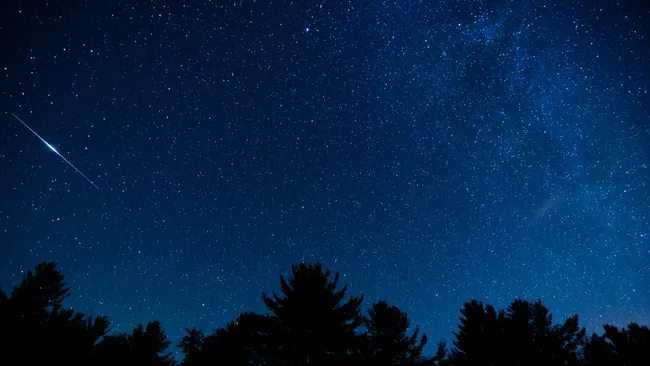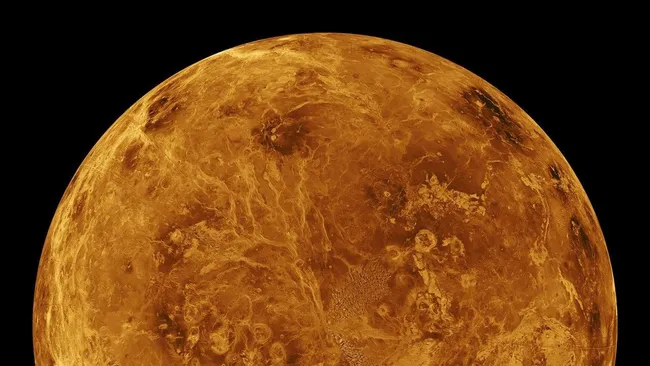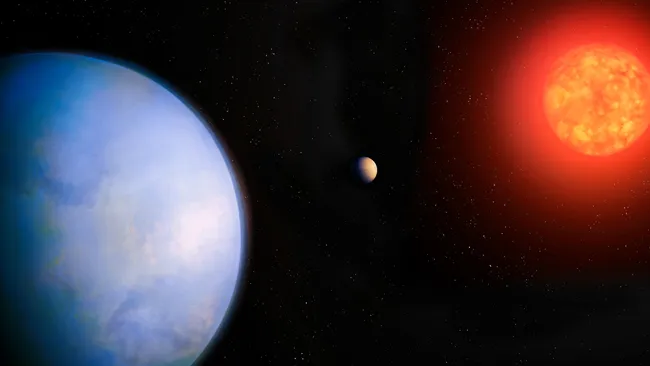Across the galaxy, stars are born in immense clouds of gas and dust — stellar nurseries where gravity coaxes material to coalesce and ignite. Around many of these newborn stars, the surrounding gas forms protoplanetary disks, dense fields of material from which planets can be born.
By studying these disks, astronomers travel back in time to glimpse events similar to those that shaped our own solar system over 4.5 billion years ago.
What is it?
Recently, the James Webb Space Telescope (JWST) caught one of these protoplanetary disks and its young star in an edge-on view. The star, classified as IRAS 04302+2247, or IRAS 04302, is a protostar, with its disk measuring around 40 billion miles (65 billion km) wide. Some of the dust helped to dim the star’s brightness, making it easier for JWST to capture its stunning details, which include two reflecting nebulas on either side of the disk, inspiring astronomers to call IRAS 04302 the “Butterfly Star.”
Where is it?
The Butterfly Star is located around 525 light-years away in the Taurus star-forming region.
Why is it amazing?
Not only is this image stunning, it also provides a unique view into how protoplanetary disks evolve over time. Capturing a protoplanetary disk from the edge-on perspective is rather rare and allows astronomers to study how dust grains settle, grow, and migrate within the disk.
Understanding these dynamics is a key piece in the puzzle of planet formation, as dust settles into larger layers including pebbles and rocks, and eventually planetary cores.

